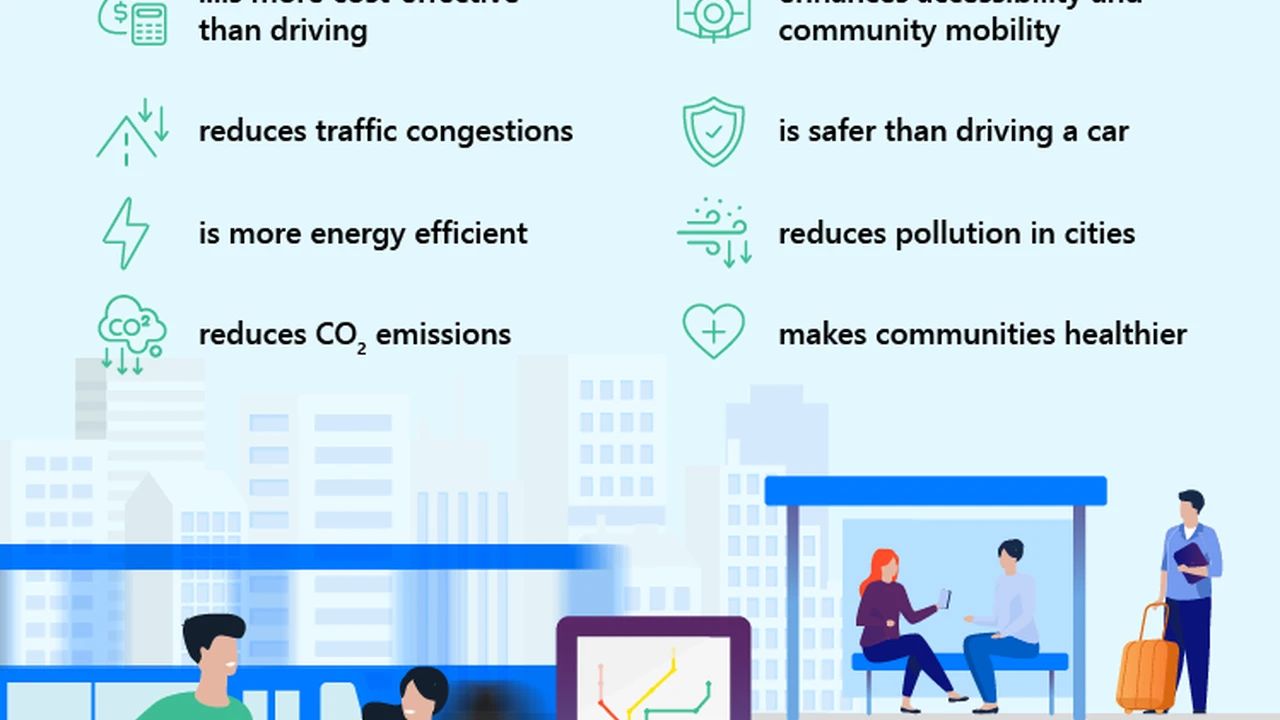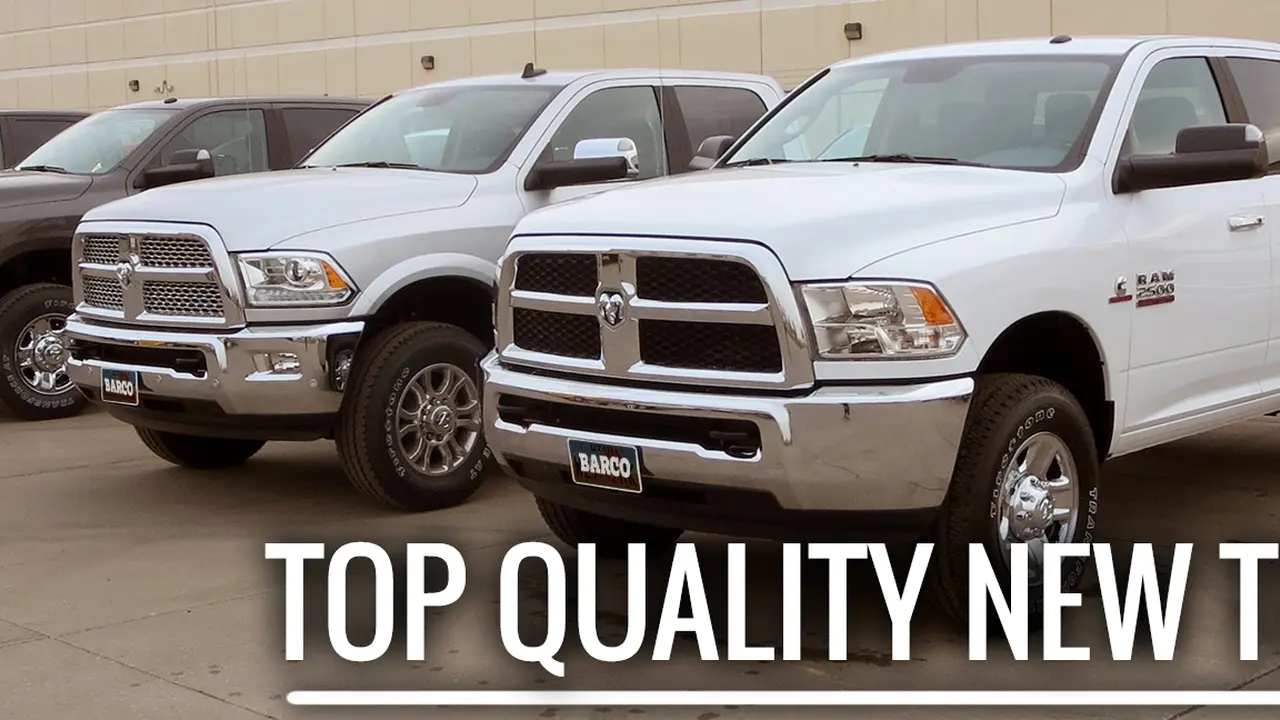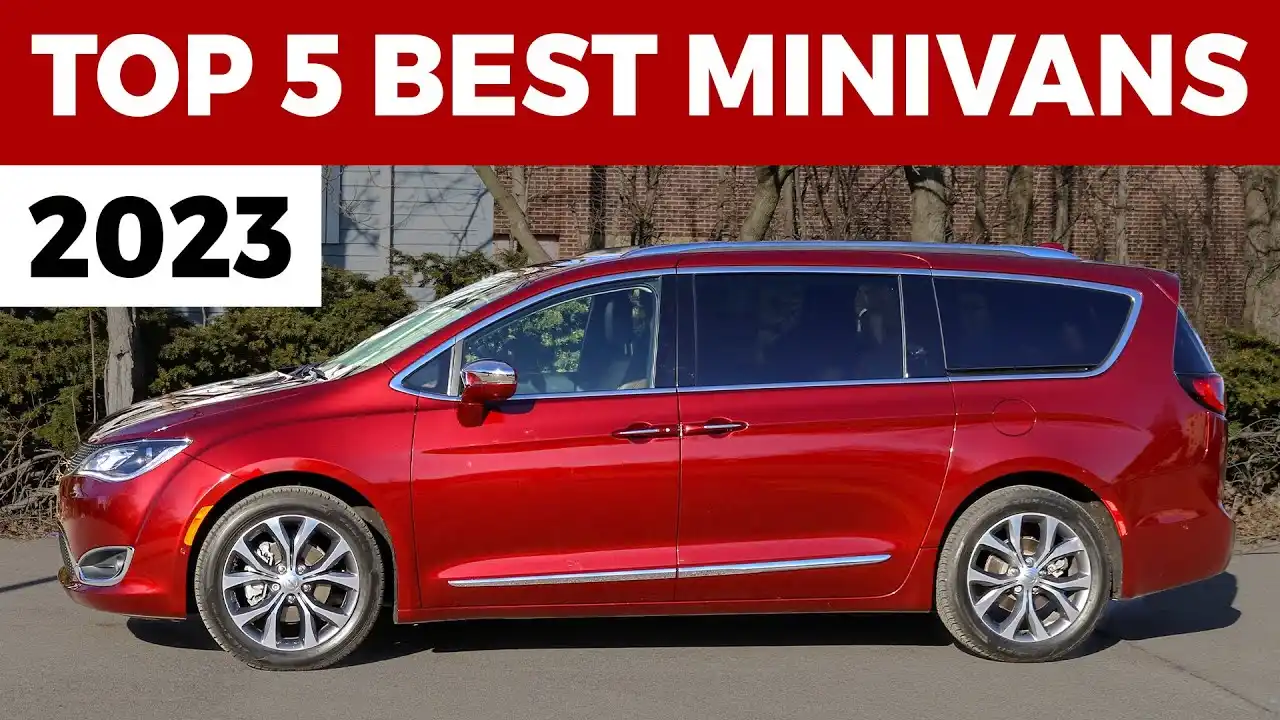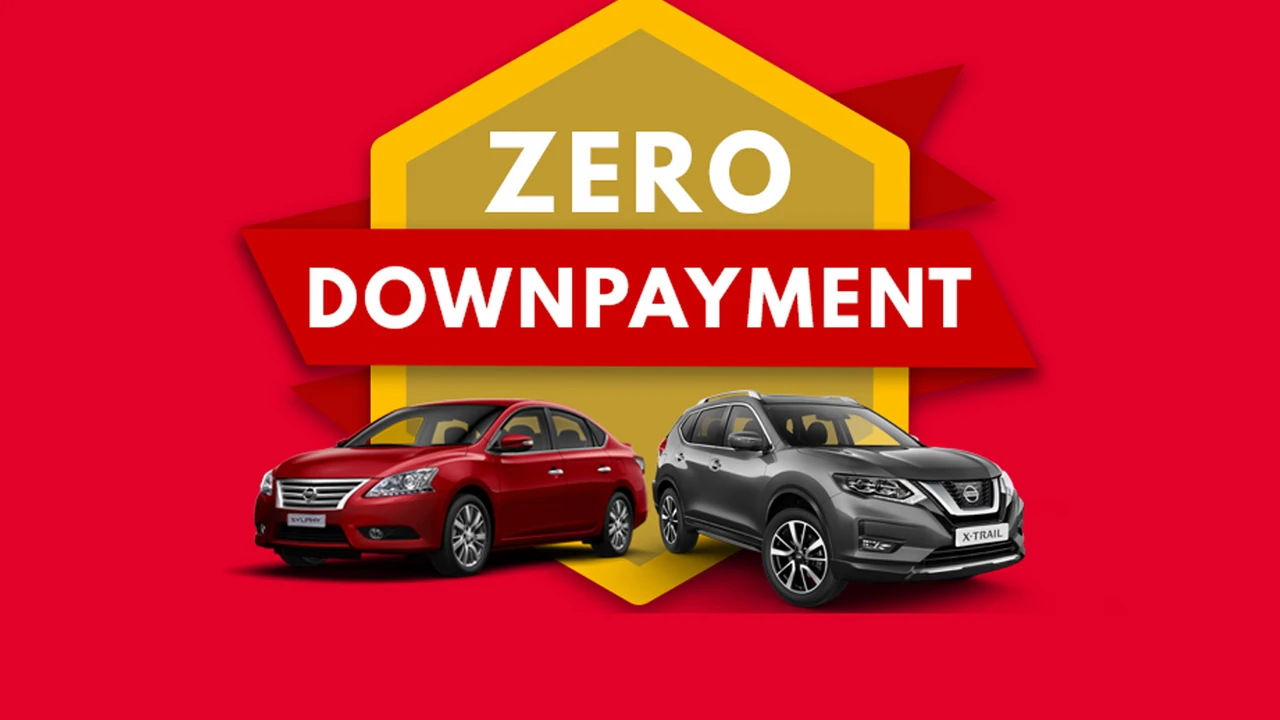Public Transportation vs. Car Leasing

Navigating City Life The Public Transportation vs Car Leasing Showdown
Alright, let's be real. Getting around can be a pain, right? Especially when you're staring down rush hour traffic. So, the big question: Public transport or leasing a car? It's a classic debate, and honestly, there's no one-size-fits-all answer. It really boils down to your lifestyle, your budget, and your tolerance for crowded buses (or lack thereof!). We're going to dive deep into the pros and cons of each, and hopefully, by the end, you'll have a clearer idea of what's best for *you*.
Cost Comparison Public Transportation vs Car Leasing Which is Cheaper
Let's talk cold, hard cash. Leasing a car comes with a whole bunch of expenses: monthly payments, insurance, gas, maintenance, and potentially parking. Public transportation, on the other hand, usually involves a monthly pass or pay-per-ride system. At first glance, public transport seems like the obvious winner. And often, it is! But let's break it down.
Think about your daily commute. If you're driving, you're not just paying for gas. You're paying for the *privilege* of sitting in traffic, slowly losing your sanity. Public transport lets you read, catch up on emails, or even (dare I say it) relax. But if your commute involves multiple transfers, long wait times, and potentially sketchy situations, the cost of your sanity might outweigh the financial savings. Consider the true *value* of your time.
Also, factor in unexpected expenses. Cars break down. They need new tires. They get into fender benders. Public transport, while not immune to delays and disruptions, generally avoids those wallet-draining surprises. Plus, you don't have to worry about finding (and paying for) parking in a crowded city.
To give you a ballpark, a decent car lease might run you anywhere from $300 to $600+ per month, *before* all the extras. A monthly public transit pass in many major cities is often in the $100-$200 range. Big difference, right? But remember, these are just averages. Your mileage (literally and figuratively) may vary.
Convenience and Flexibility Public Transportation vs Car Leasing Your Schedule Your Way
Okay, money isn't everything (though it definitely helps!). Convenience and flexibility are huge factors. With a leased car, you're on your own schedule. You can go wherever you want, whenever you want. Need to make a last-minute trip to the grocery store? No problem. Want to escape the city for a weekend getaway? Hop in and go! Public transportation, on the other hand, operates on a fixed schedule. You're at the mercy of bus routes, train lines, and potential delays. This can be a major inconvenience, especially if you have a busy or unpredictable schedule.
Think about errands. Hauling groceries on the bus is no fun. Neither is trying to navigate public transport with a bunch of packages. A car gives you the freedom to transport things easily and comfortably. However, if you live in a city with excellent public transport and readily available ride-sharing services, you might be surprised at how little you actually *need* a car.
Consider your location. If you live in a sprawling suburb with limited public transport options, a car is practically a necessity. But if you live in a dense, walkable city with a robust public transport system, you might be able to get by just fine without one. Think about your daily needs and how easily you can meet them using public transport alone.
Environmental Impact Public Transportation vs Car Leasing Going Green
Let's face it: cars aren't exactly known for being environmentally friendly. Even the most fuel-efficient cars contribute to air pollution and greenhouse gas emissions. Public transportation, on the other hand, is generally a more sustainable option. Buses and trains can carry a large number of people, reducing the overall number of cars on the road. This leads to less traffic congestion and lower emissions.
Of course, not all public transport is created equal. Older buses and trains can be quite polluting. But many cities are investing in electric buses and trains, which are much cleaner and more sustainable. Also, consider the environmental impact of manufacturing a car. It takes a lot of energy and resources to build a car, even an electric one. By using public transport, you're reducing the demand for new cars and helping to conserve resources.
If you're serious about reducing your environmental footprint, consider combining public transport with other eco-friendly options, such as biking or walking. You might be surprised at how much you can reduce your reliance on cars.
The Social Aspect Public Transportation vs Car Leasing Connecting with Community
This might sound a little out there, but hear me out. Public transport can actually be a great way to connect with your community. You'll encounter people from all walks of life, and you might even strike up a conversation with a fellow commuter. Driving in your own car, on the other hand, can be a pretty isolating experience. You're stuck in your own little bubble, surrounded by other drivers who are probably just as stressed as you are.
Think about the sense of community that can develop on a regular bus or train route. You might start to recognize familiar faces, and you might even form friendships. Public transport can also be a great way to learn about your city. You'll see different neighborhoods and experience different cultures. Driving, on the other hand, tends to keep you confined to the same familiar routes.
Of course, public transport isn't always a social paradise. Crowded buses and trains can be uncomfortable and even stressful. But if you're open to it, public transport can be a surprisingly social and enriching experience.
Specific Product Recommendations and Comparisons
Alright, let's get practical. Here are a few specific examples of public transport options and car lease alternatives, along with their pros, cons, and approximate costs.
Monthly Public Transit Passes: Options and Prices
In New York City, a monthly MetroCard costs around $127. This gives you unlimited rides on the subway and local buses. Pros: Relatively cheap, convenient for frequent riders. Cons: Can be crowded, subject to delays. In San Francisco, a monthly Muni pass costs around $98. This covers all Muni buses, streetcars, and light rail. Pros: Good value for regular commuters, extensive network. Cons: Can be unreliable, some areas are poorly served.
Ride-Sharing Services: Uber and Lyft Alternatives
Uber and Lyft are readily available in most major cities. Pros: Convenient, flexible, good for occasional trips. Cons: Can be expensive, surge pricing can be unpredictable. Alternatives include taxis (though often more expensive), and local ride-sharing apps that may offer better rates.
Car Subscription Services: A Middle Ground
Car subscription services like Flexdrive and Borrow offer a middle ground between leasing and car ownership. You pay a monthly fee that covers insurance, maintenance, and roadside assistance. Pros: Flexible, no long-term commitment, hassle-free. Cons: Can be more expensive than leasing, limited vehicle selection.
Electric Scooters and Bikes: Short-Distance Solutions
Electric scooters and bikes are a great option for short-distance trips. Companies like Bird and Lime offer scooter rentals in many cities. Pros: Affordable, eco-friendly, fun. Cons: Limited range, can be dangerous, subject to regulations.
Specific Car Lease Alternatives: Practical Examples
Toyota Corolla Hybrid vs. Honda Civic Lease
Let's say you're considering a Toyota Corolla Hybrid lease. The MSRP is around $24,000. A typical lease might be $300-$400 per month with $2,000 down. A Honda Civic, a comparable car, might have a similar lease price. The Corolla Hybrid excels in fuel efficiency (around 50 MPG combined), making it a good choice for long commutes. The Civic offers a sportier driving experience. The Toyota Care plan provides maintenance, which is a plus. Compare the specific lease terms (mileage limits, residual value) carefully.
Nissan Leaf vs. Chevrolet Bolt EV Lease
If you're looking at electric vehicles, consider the Nissan Leaf or the Chevrolet Bolt EV. The Leaf might lease for around $350-$450 per month, while the Bolt EV could be similar. The Leaf is known for its comfortable ride, while the Bolt EV offers a longer range. Check for government incentives, as these can significantly reduce the cost of leasing an EV. Consider your charging options (home charging vs. public charging) when making your decision.
Used Car Purchase: A Budget-Friendly Alternative
A well-maintained used car can be a great alternative to leasing. A used Toyota Camry or Honda Accord, for example, can be found for around $15,000-$20,000. Pros: Lower monthly payments, no mileage restrictions. Cons: Higher maintenance costs, potential for unexpected repairs. Get a pre-purchase inspection from a trusted mechanic before buying a used car.
Real-World Scenarios: Finding the Right Fit
Let's paint a few scenarios to illustrate which option might be best in different situations.
The Urban Professional: Public Transport All the Way
Imagine you're a young professional living in downtown Chicago. You work in the Loop and have access to the "L" train and a network of buses. You enjoy walking and biking, and you rarely need a car. In this case, public transport is probably the best option. It's affordable, convenient, and environmentally friendly. Plus, you can avoid the hassle of parking and traffic.
The Suburban Family: Car Leasing is King
Now, picture a family living in the suburbs of Atlanta. They have two kids, and they need a car to get to school, soccer practice, and grocery shopping. Public transport is limited in their area, and ride-sharing services are expensive. In this scenario, leasing a car might be the most practical option. It gives them the freedom and flexibility they need to manage their busy lives.
The Freelancer on a Budget: A Hybrid Approach
Finally, consider a freelancer living in Austin, Texas. They work from home most of the time, but they occasionally need to travel for meetings or events. They're on a tight budget, but they also value convenience. In this case, a hybrid approach might be best. They could use public transport for their daily commute, rent a car for occasional trips, and rely on ride-sharing services when needed. This allows them to save money while still having access to transportation when they need it.
:max_bytes(150000):strip_icc()/277019-baked-pork-chops-with-cream-of-mushroom-soup-DDMFS-beauty-4x3-BG-7505-5762b731cf30447d9cbbbbbf387beafa.jpg)






